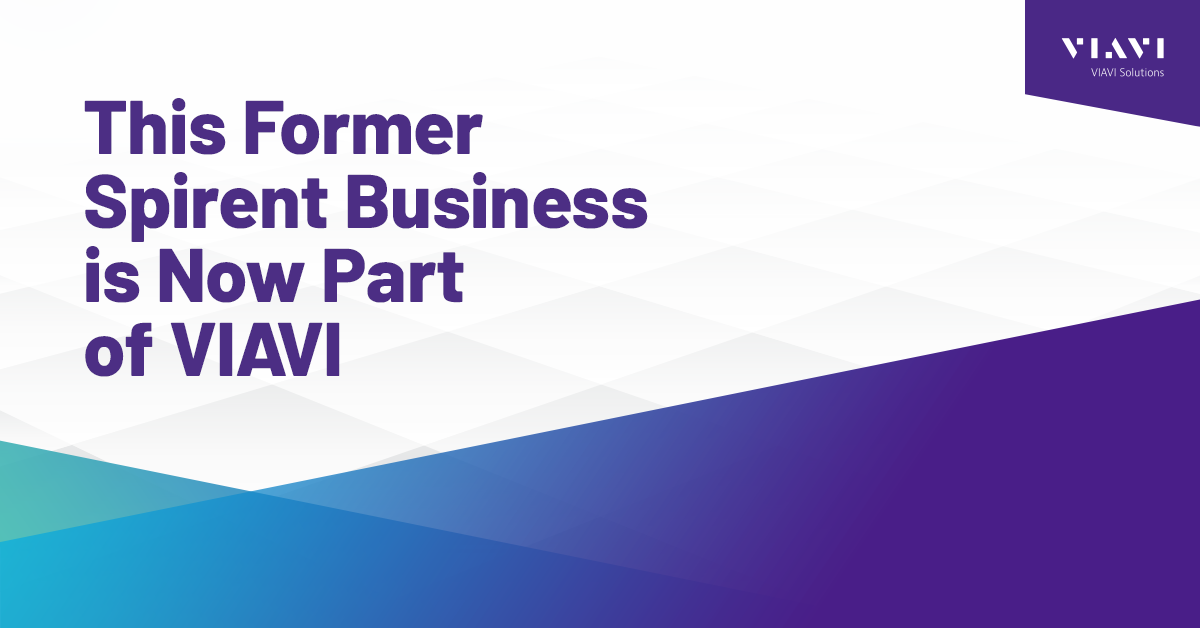Future of the Data Center

Blog discusses the future of the data center and risks involved with migrating applications and workloads to the Cloud and best practices for overcoming related challenges.
The Data Center is Dead, Long Live the Data Center!
In a recent report Gartner proclaimed that “the data center is dead”, and that “by 2025, 80% of Enterprises will have shut down their traditional data center, versus 10% today.”
The expression “The king is dead, long live the king!” – slightly adapted here – may seem confusing, but it was originally coined to quickly transition subjects’ loyalty from one monarch to the next, without much contemplation. Such was the way of the world at the time!
In our example, the successor to the data center is not another data center, but rather a new form of Cloud-based architecture. Unlike citizens of a monarchy (who basically had to accept their next king), IT departments have a lot of options concerning their future. There are several well-known Cloud providers such as Amazon/AWS, Microsoft/Azure, Google/GCP, among others, who will happily welcome former data center citizens to their Cloud. There is also the possibility of building a do-it-yourself Cloud (probably based on OpenStack). Regardless of the path you choose, just as human migration is a “fraught with peril”, migration of applications and workloads to the Cloud also present considerable risks and dangers to an Enterprise’s vitality.
Beware of Latency
The greatest technical risk is probably the introduction of latency, which is really a metric with multiple contributing factors.
Network latency is the time required for data to travel between the end-user’s device and the Cloud. While this factor is for the most part out of a Cloud providers’ control, they can mitigate the risk to a certain degree by offering multiple availability zones which can reduce data travel time. This is one way that Cloud providers compete. Innovative tools such as TestCenter, enable them to measure network latency from Cloud environments (using virtual ports) to external locations (using physical ports) in the same test.
Latency is also introduced by the Cloud itself, as it responds to a client’s request to retrieve, store, or process information (or more likely a combination of all these tasks) on the server side of the application, running on Cloud resources. Applications are complex creations with many moving parts. Fortunately, CloudSure provides visibility into performance of OpenStack-based Cloud deployments, including insights into metrics created by CPU, memory, storage, and networking resources.
“Data centers are famously over-provisioned, which ironically is one of the big motivators to migrate to the Cloud model in the first place – to achieve better resource utilization through economies of scale.”
The Perils of Resource Over-Provisioning
An additional technical risk has to do with resource requirements, for when workloads are transferred to the Cloud. Data centers are famously over-provisioned, which ironically is one of the big motivators to migrate to the Cloud model in the first place – to achieve better resource utilization through economies of scale. Without diving too deeply into price comparison of Cloud resources, a good starting point is to assess exactly how much of each kind of resource your current workload is consuming.
Successful Migration to the Cloud
As for our original starting point, though the statement “long live the Cloud” may not immediately evoke complete reassurance in a brighter future, one thing is for certain. Mass migration to the Cloud is a historical shift in computing that is full of opportunities as well as risks.

